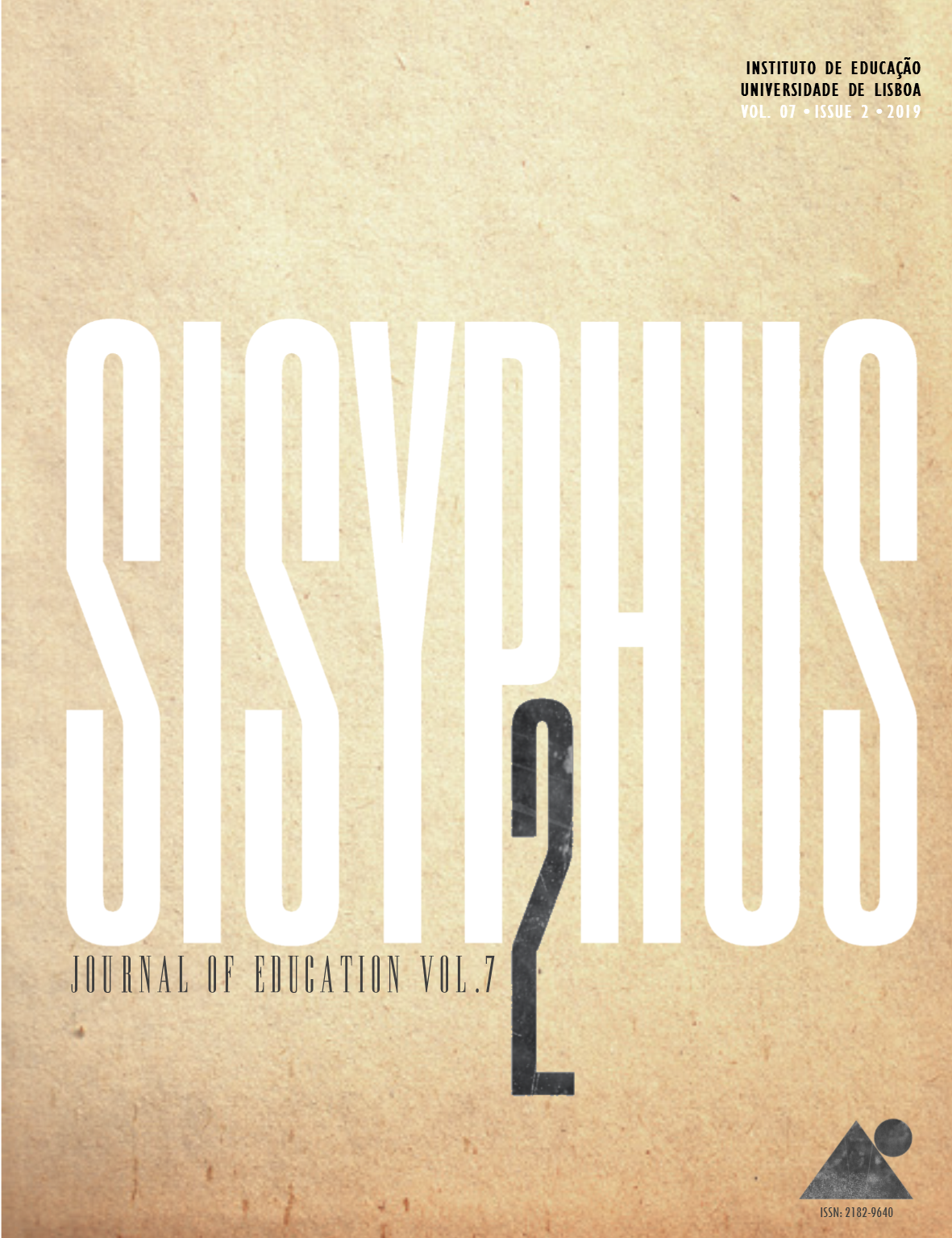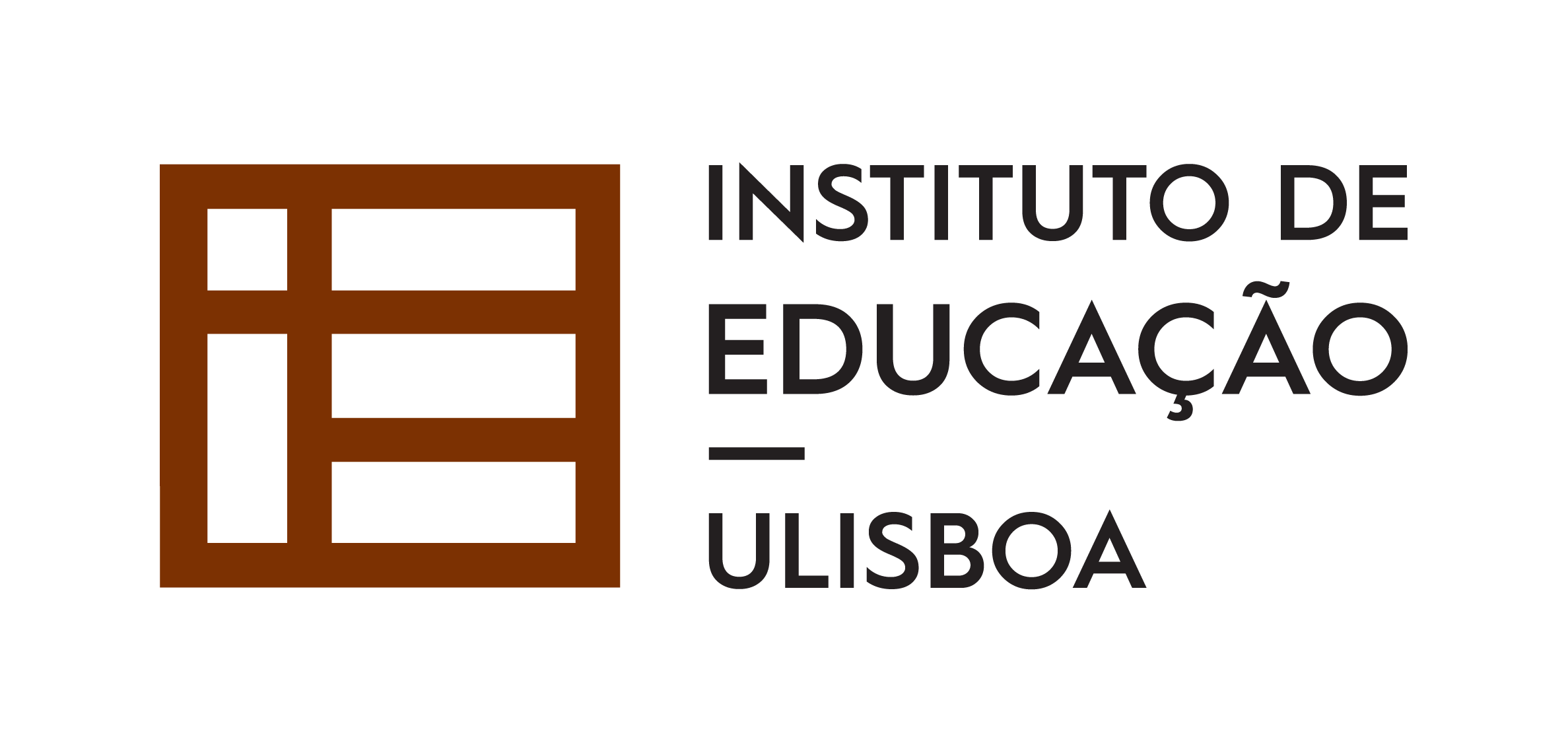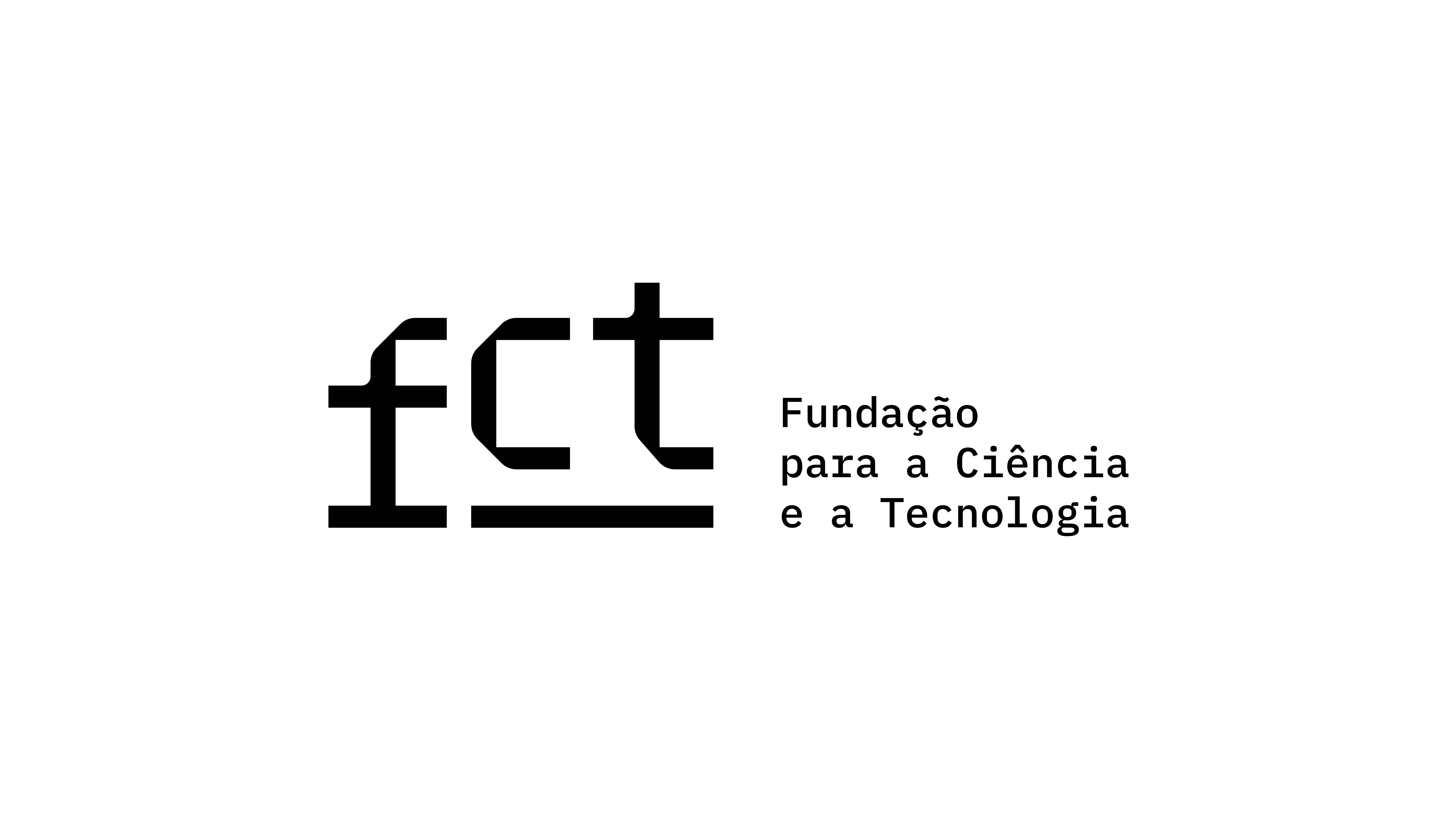Extracurricular Activities in TEFL Classes
A Self-Centered Approach
DOI:
https://doi.org/10.25749/sis.17590Palabras clave:
extracurricular activities, TEFL, motivation, self-centered learning, communicationResumen
This study investigated the attitudes of Moroccan teachers (N=14) and students (N=97) towards the use of extracurricular activities in TEFL classes. A review of the literature showed a strong relationship between the use of extracurricular activities and students’ learning of English. The present study, therefore, aimed to explore the importance of these activities in improving English learning in Moroccan universities. Based on a quantitative and qualitative method, it examined the role of extracurricular activities in developing students’ self-learning of English. The results of this study revealed that teachers rarely used extracurricular activities to motivate students to learn. They also demonstrated that students shared positive attitudes towards extracurricular activities as an effective tool to learn English and improve their academic skills. In short, the pedagogical implications of these findings are that extracurricular activities facilitate teaching English, motivate students to learn and make them more sociable and ready for long-life learning.
Descargas
Citas
Allar, B. (2008). Core principals. Louisville Magazine, 64-69.
Bartkus, K. R., Nemelka, B., nemelka, M., & Gardner, P. (2012). Clarifying The Meaning Of Extracurricular Activity: A Literature Review Of Definitions. American Journal of Business education, 5(6), 393-704.
Creswell, W. J. (2002). Educational research: planning, conducting, and evaluating quantitative and qualitative research. Upper Saddle River, NJ: Merrill Prentice Hall.
Daley, A., & Leahy, J. (2003). Self-perceptions and participation in extracurricular physical activities. The Physical Educator, 60(2), 13-19.
Dolati, R. (2012). Overview on three core theories of second language acquisition and criticism. Advances in Natural & Applied Sciences, 6, 752-762.
Eccles, J. S., Barber, B. L., Stone, M., & Hunt, J. (2003). Extracurricular activities and adolescent development. Journal of Social Issues, 59(4), 865-889.
Gardner, M., Roth, J., & Brooks-Gunn, L. (2008). Adolescents' participation in organized activities and developmental success 2 and 8 years after high school: Do sponsorship, duration, and intensity matter? Developmental Psychology, 44(3), 814-830.
Gibbons, J. (2006). The Link between Extracurricular Activities and Academic Achievement for Youth in Grades 5 and 7. (master dissertation). Brock University, Faculty of Education, in St. Catharines, Ont, p. 69.
Gilman, R. (2004). Structured extracurricular activities among adolescent findings and implications for school psychologists. Psychology in the Schools, 41(1), n.p.
Harmer, J. (2003). The Practice of English Language Teaching. England: Pearson Education Limited.
Holt, N. L., Sehn, Z. L., Spence, J. C., Newton, A. S., & Ball, G. D. C. (2012). Physical education and sport programs at an inner city school: Exploring possibilities for positive youth development. Physical Education & Sport Pedagogy, 17(1), 97-113. doi: 10.1080/17408989.2010.548062
Hunt, D. H. (2005). The effect of extracurricular activities in the educational process: Influence on academic outcomes. Sociological Spectrum, 25, 417-445.
Kuh G. D., Cruce, T. M., Shoup, R., Kinzie, J., & Gonyea, R. M. (2008). Unmasking the effects of student engagement on first-year college grades and persistence. The Journal of Higher Education, 79(5), 540-563. Retrieved from: http://www.jstor.org/stable/25144692
Lariviere, L. M. (2016). Extracurricular activity participation and english language learners: second language acquisition and academic performance. (Doctorate dissertation). The Faculty of the Department of Educational Leadership Sam Houston State University, United States of America.
Leung, C. (2003). Extra-curricular music activities in Hong Kong secondary schools. Music Education Research, 5(2), 183-197. doi: 10.1080/1461380032000085559
Macarova, V., & Reva, A. (2017). Perceived impact of extra-curricular activities on foreign language learning in Canadian and Russian university contexts. Apples – Journal of Applied Language Studies, 11(1), 43-65.
McGee, R., Williams, S., Howden-Chapman, P., Martin, J., & Kawachi, I. (2006). Participation in clubs and groups from childhood to adolescence and its effects on attachment and self-esteem. Journal of Adolescence, 29, 1-17. doi: 10.1016/j.adolescence.2005.01.003
Morrissey, K. (2005). The relationship between out-of-school activities and positive youth development: an investigation of the influences of communities and family. Adolescence, 40, 67-85.
Nelson, I. T., Vendrzyk, J. J., Quirin, & Allen, R. D. (2002). No, the sky is not falling: Evidence of accounting student characteristics at FSA schools, 1995-2000. Issues in Accounting Education, 17(3), 269-287.
Nghia, T. (2017). Developing generic skills for students via extra-curricular activities in Vietnamese universities: Practices and influential factors. Journal of Teaching and Learning for Graduate Employability, 8(1), 22-39.
Normah, Y. (2017). Teachers’ Attitudes towards the use of Extracurricular Activities in Enhancing Students' Speaking Skills. International Journal of Academic Research in Progressive Education and Development, 6(3). doi: 10.6007/IJARPED/v6-i3/3168
Park, P. (2015). The range of benefits of extracurricular activities towards English language learners. University of Toronto, 63.
Peguero, A. A. (2011). Immigrant youth involvement in school-based extracurricularactivities. The Journal of Educational Research, 104, 19-27. doi: 10.1080/00220670903468340
Penner, C., & Wallin, D. (2012). School attachment theory and restitution processes: Promoting positive behaviors in middle years schools. Canadian Journal of Educational Administration and Policy, 137(36). Retrieved from: http://search.proquest.com/docview/1347461652?accountid=14771
Reeves, D. B. (2008). The extracurricular advantage. Education leadership, 86-87.
Simoncini, K., & Caltabiano, N. (2012). Young school-aged children’s behavior and their participation in extra-curricular activities. Australasian Journal of Early Childhood, 37(3), 35+. Retrieved from: http://go.galegroup.com.myaccess.library.utoronto.ca/ps/i.do?id=GALE%7CA330997666&v=2.1&u=utoronto_main&it=r&p=AONE&sw=w&asid=9a58a54e900b5b922b9802f10972b64c
Smith, S. L. (2008). Athletics & Academics. Research Starters.
Wilson, N. (2009). Impact of Extracurricular Activities on Students. University of Wisconsin-Stout, 33.
Yildiz, Y. (2015). The Key to Success in English Learning Can Be Involvement in Extra Curricular. International Journal of Thesis Projects and Dissertations (IJTPD), 3(3), 24-28. Retrieved from: www.researchpublish.com
Zakhir, M., & O’Brien, L. J. (2016). French neo-colonial influence on Moroccan language education policy: a study of current status of Standard Arabic in science disciplines. Language Policy, 39-58.
Descargas
Publicado
Número
Sección
Licencia
Copyright (c) es propiedad de Sisyphus – Journal of Education. Sin embargo, alentamos que los artículos publicados en la revista se publiquen en otro lugar, siempre que se solicite el permiso de Sisyphus y los autores incorporen nuestra cita original y un enlace a nuestra página web.
Política de Autoarchivo
Los autores pueden autoarchivar la versión final publicada de sus artículos en repositorios institucionales, temáticos o páginas web personales e institucionales.
Suscriptor de DORA
El Instituto de Educação de la Universidade de Lisboa, editor de Sisyphus, es uno de los suscriptores de la Declaración de San Francisco sobre la Evaluación de la Investigación (DORA).





